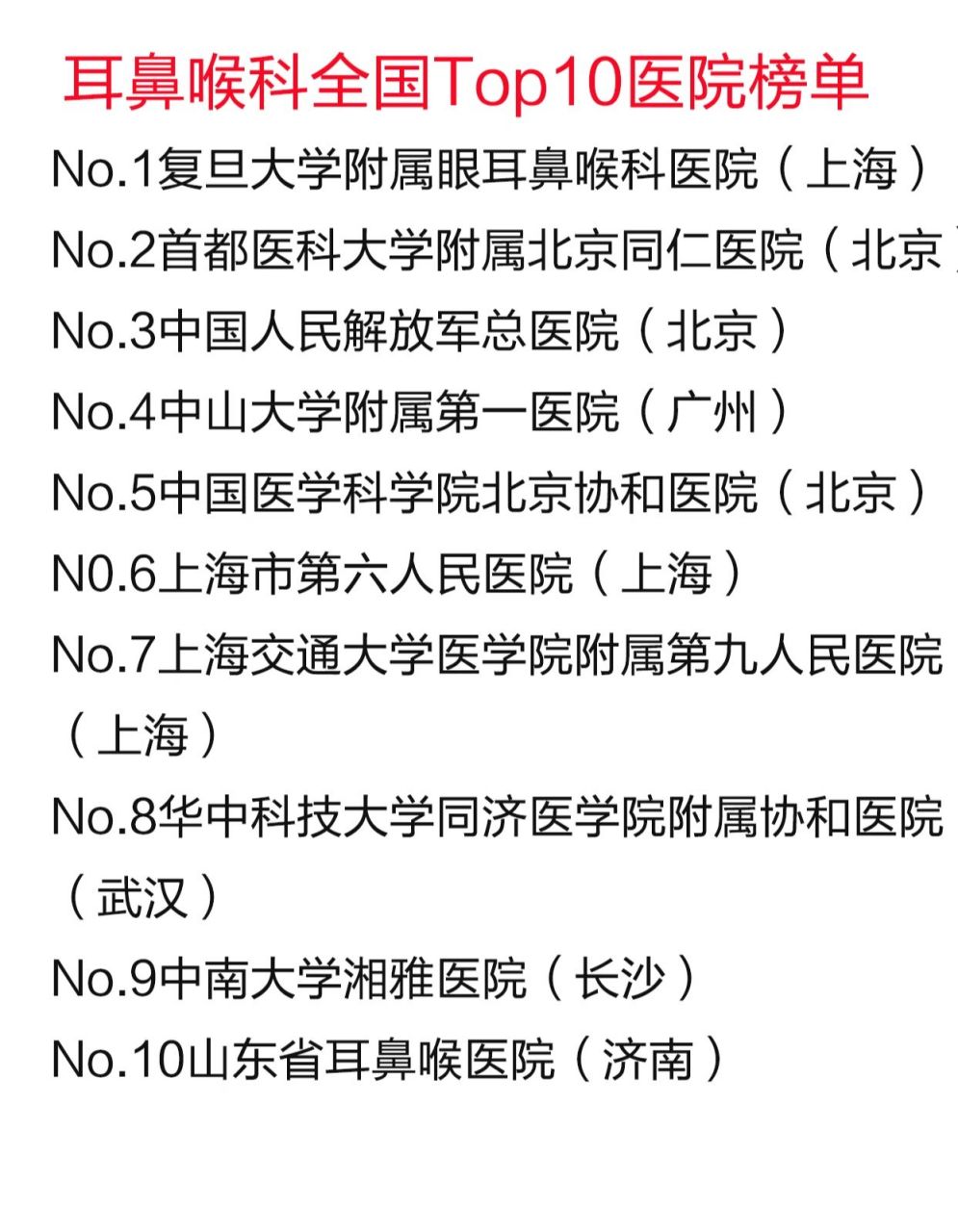The Chinese phrase "壬寅庚戌" is pronounced as "Rén Yín Gēng Xū" in Mandarin Chinese. Here’s a breakdown of the pronunciation:
- Rén:
- R: Pronounced like the English "r" in "run".
- én: The "é" is a high, rising tone vowel, similar to the "e" in "bed" but with a rising intonation. The "n" is a light nasal sound.
- Yín:
- Y: Pronounced like the English "y" in "yes".
- ín: The "í" is a high, rising tone vowel, similar to the "i" in "see" but with a rising intonation. The "n" is a light nasal sound.
- Gēng:
- G: Pronounced like the English "g" in "go".
- ēng: The "ē" is a high, level tone vowel, similar to the "e" in "bed" but held longer and with a steady, high pitch. The "ng" is a nasal sound, similar to the "ng" in "sing".
- Xū:
- X: Pronounced like the "sh" in "she" but with a more forward placement of the tongue.
- ū: The "ū" is a high, level tone vowel, similar to the "oo" in "food" but held longer and with a steady, high pitch.
When pronouncing "壬寅庚戌", it's important to emphasize the tones, as they are a crucial part of Mandarin pronunciation. This phrase represents a combination of Heavenly Stems and Earthly Branches, which are used in the Chinese lunar calendar to denote years, months, days, and hours.











